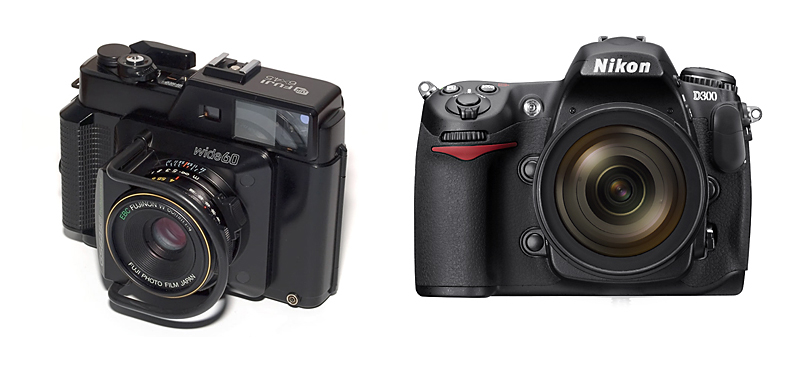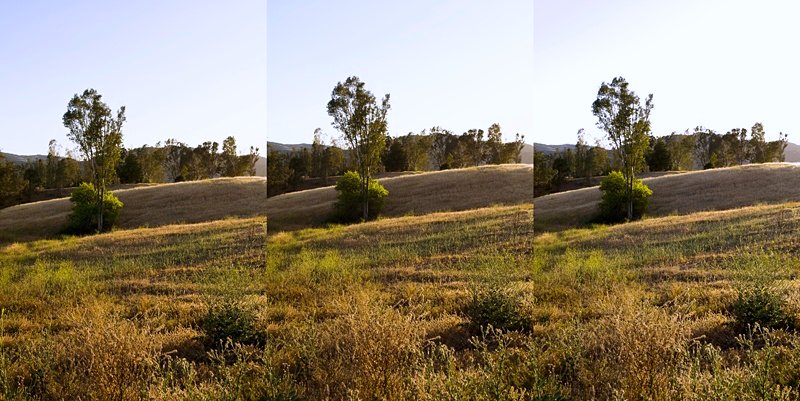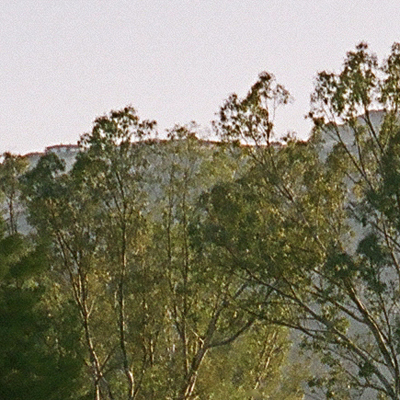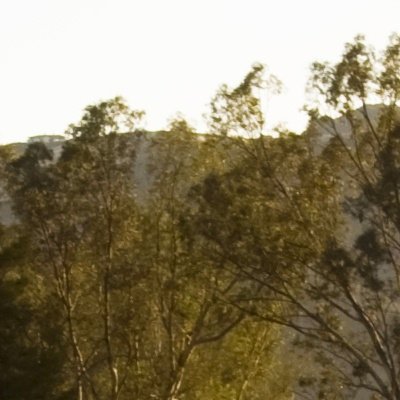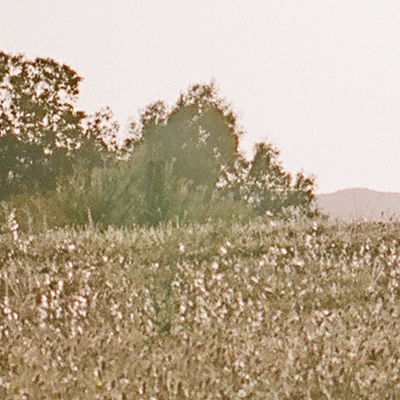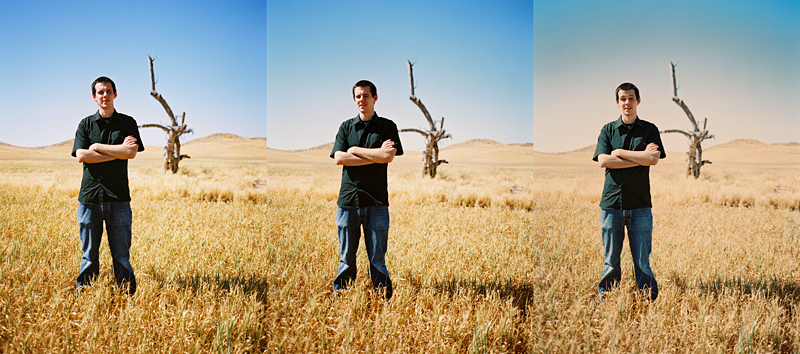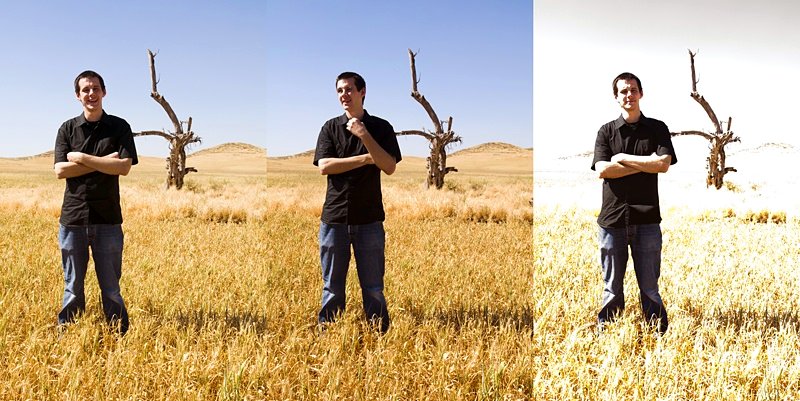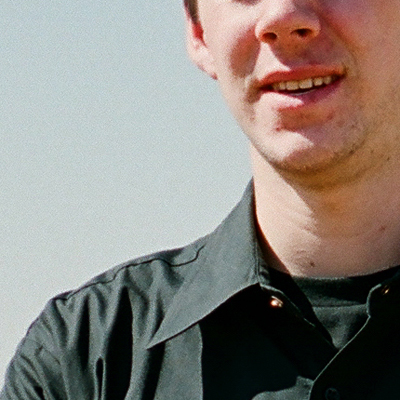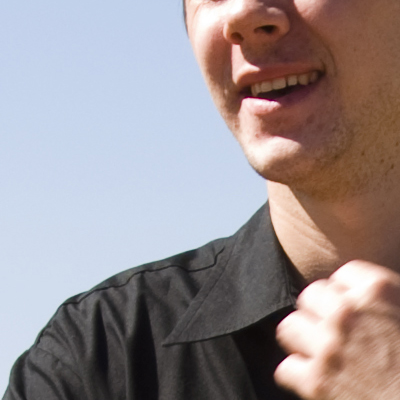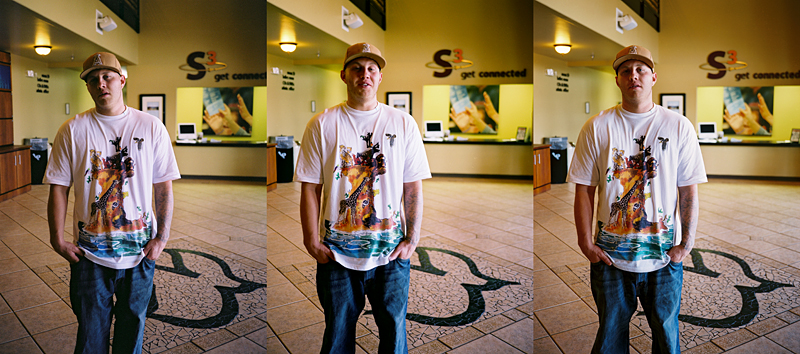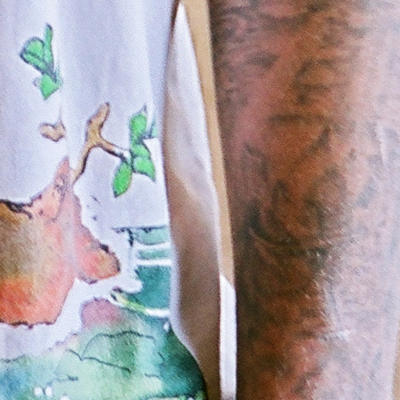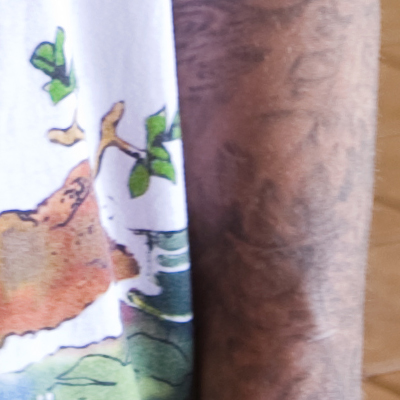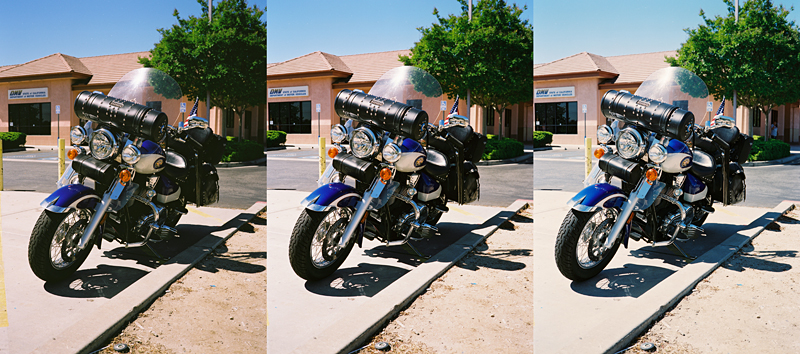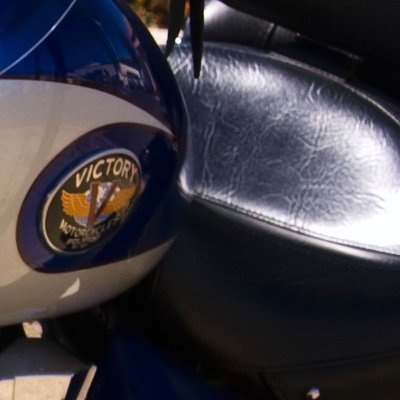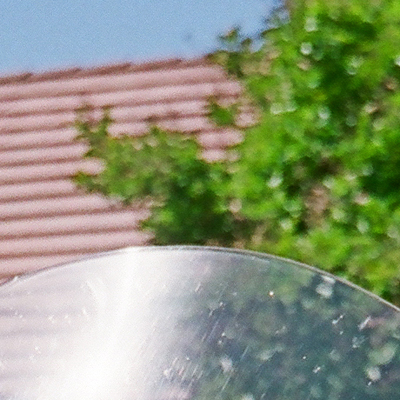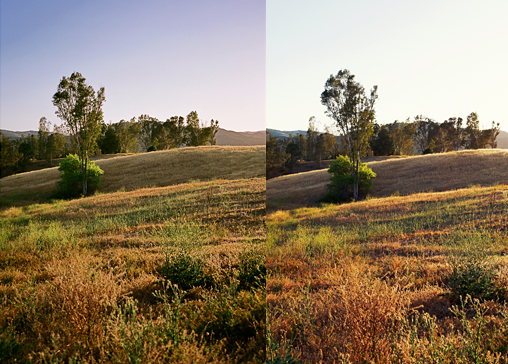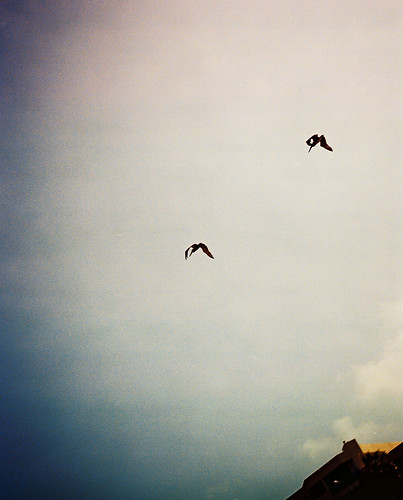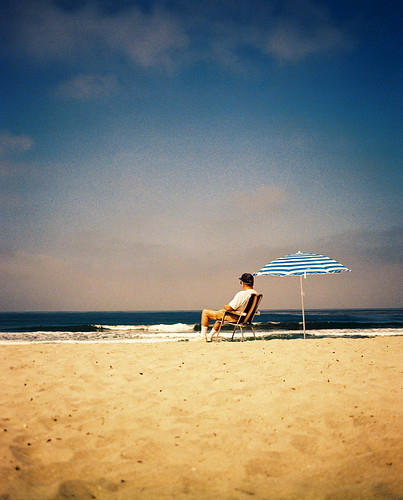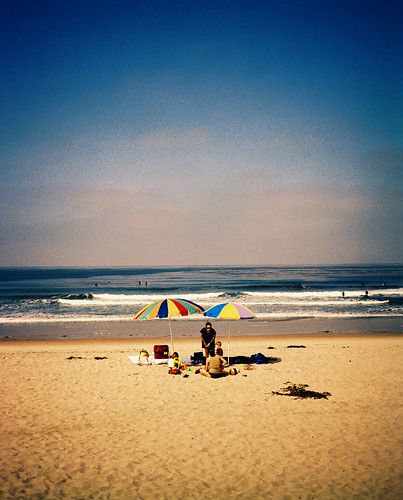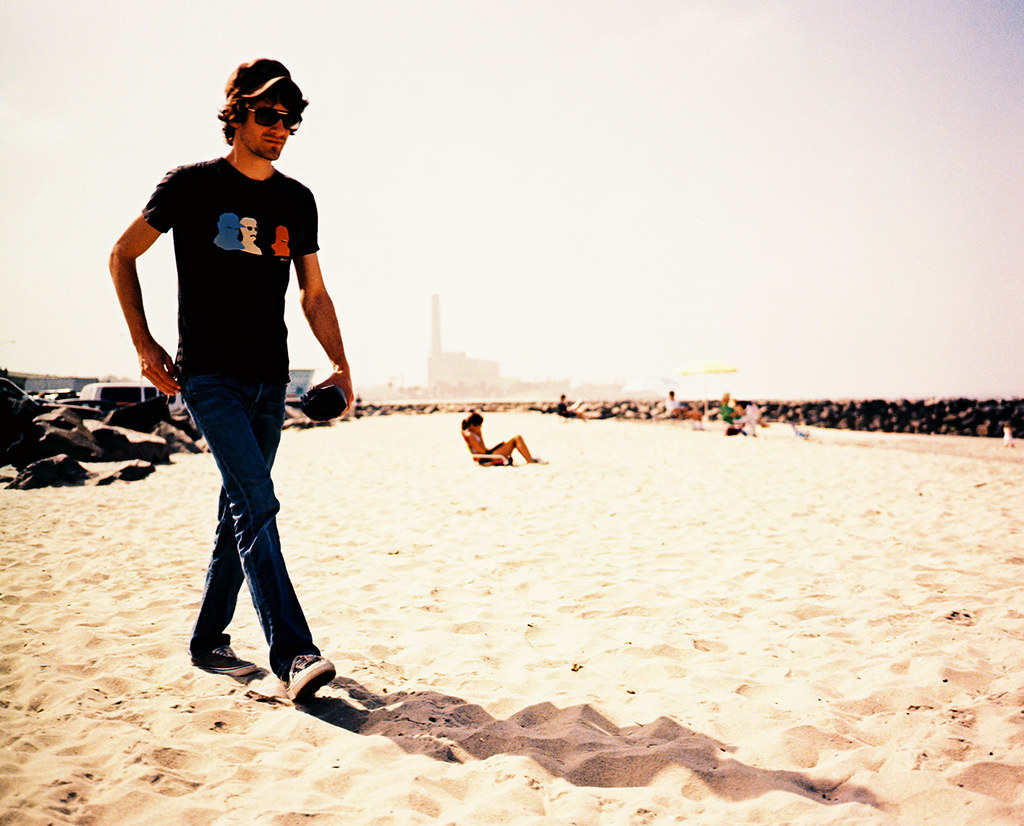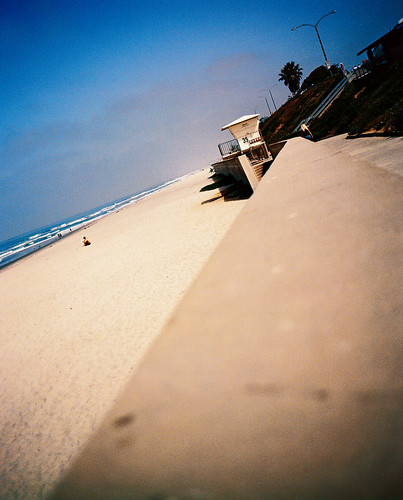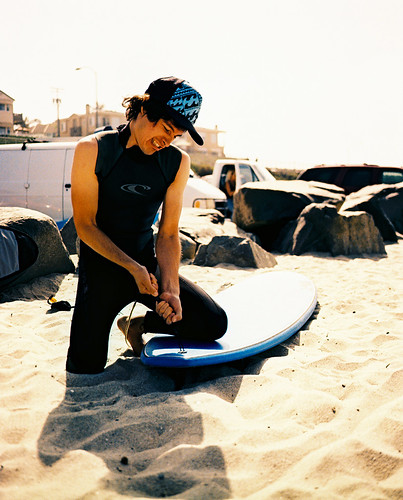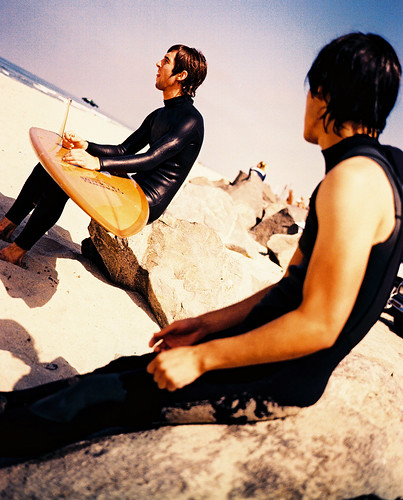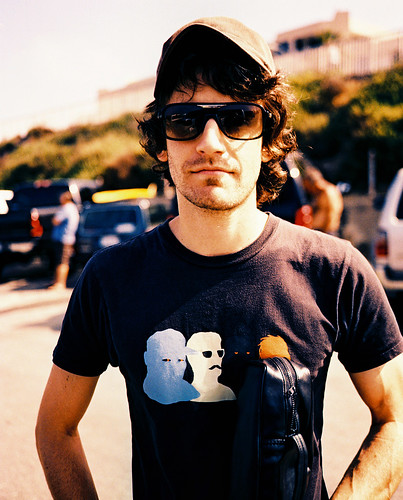Monday, May 25, 2009
Sunday, May 24, 2009
Saturday, May 23, 2009
Unveiling Love: recovering an INSTANT COLOR NEGATIVE from Fuji pack film!
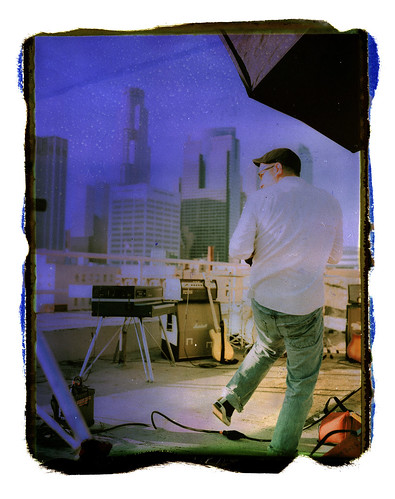
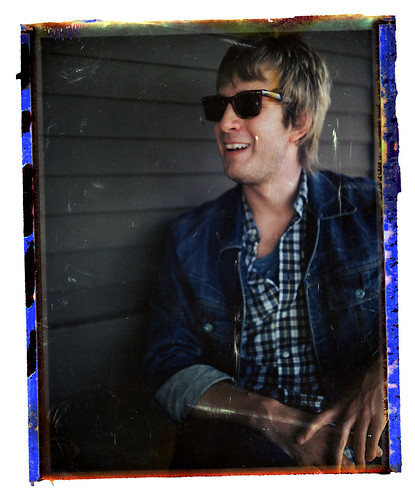 Do you remember the Polaroid type 55 and 665 PN pack film that gave you both an instant print and transparent large format negative? How could you forget?! We have a few dozen boxes of it in the freezer. The problem is that the stuff is priceless now, and it's hard to justify opening it up. Well, at least that has been a problem... up till now.
Do you remember the Polaroid type 55 and 665 PN pack film that gave you both an instant print and transparent large format negative? How could you forget?! We have a few dozen boxes of it in the freezer. The problem is that the stuff is priceless now, and it's hard to justify opening it up. Well, at least that has been a problem... up till now.
A few months ago we did a post on the how we've been scanning the Goop side of Fuji's pack film for the past couple years, as a reflective to get a lustrous positive. Lately we have been attempting to remove the black backing of the goop side of Fuji's color peel apart film. The theory was that if the goop side was producing a negative like the FP3000b, it wouldn't be visible once it dried down due to the black backing. The 3000b has a white backing to boost exposure, which coincidentally reveals the unexposed areas of the emulsion. Remember, wherever light hits a negative the emulsion darkens during processing, and the absence of light washes away from the negative. So, since the FP100c has black behind the emulsion it's difficult to detect the exposed areas. We just needed to remove the shroud. Our first attempts at doing so prove that the black backing appeared to be painted on, making it impossible to peel off. Well, what do you do? Introduce sand paper or paint thinner to archival analog photography?! Scary thought.
We've tried using many different chemicals to dissolve the backing, and eventually found bleach to most effective to reveal the transparency. The trick was not getting any on the emulsion side of the negative, so we masking taped it face down to glass, and poured bleach over it. Presto-chango! All it took was a paper towel soaked in bleach to rub off the blackness, revealing a beautiful large format transparent neg. What we had thought to be paint, seemed more like ink now. And once you remove that ink, you could carefully untape the edges and rinse it.
Below I want to give an example of our first attempts at revealing and scanning this instant negative.
Here is the original print Shot a couple months ago of Reality L.A.'s worship band.
 Due to the overexposed nature of this shot I had held onto the goop side of this print, which had dried and left a crusty barely visible rendition of the positive. Below is a reflective scan of the goop with a mega-boost in contrast.
Due to the overexposed nature of this shot I had held onto the goop side of this print, which had dried and left a crusty barely visible rendition of the positive. Below is a reflective scan of the goop with a mega-boost in contrast.
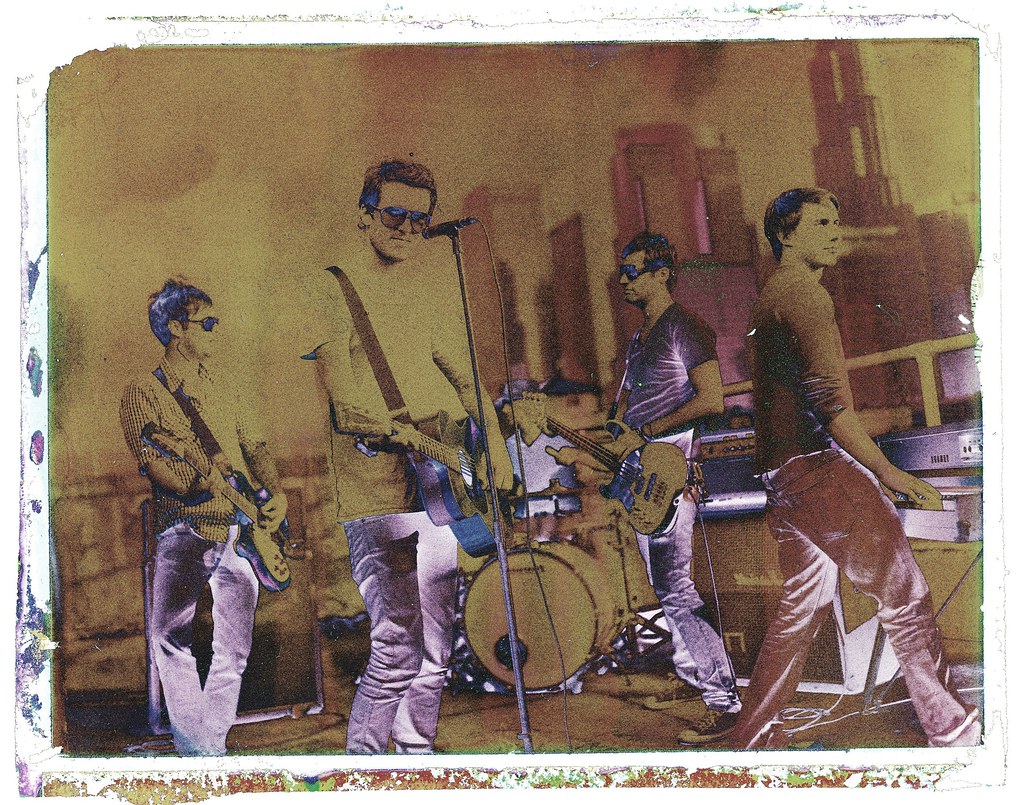 So the next thing we did was revolutionary. We stripped the backing off and scanned a transparency! The emulsion side still had the crusty chemistry on it, but we had to see how it looked.
So the next thing we did was revolutionary. We stripped the backing off and scanned a transparency! The emulsion side still had the crusty chemistry on it, but we had to see how it looked.
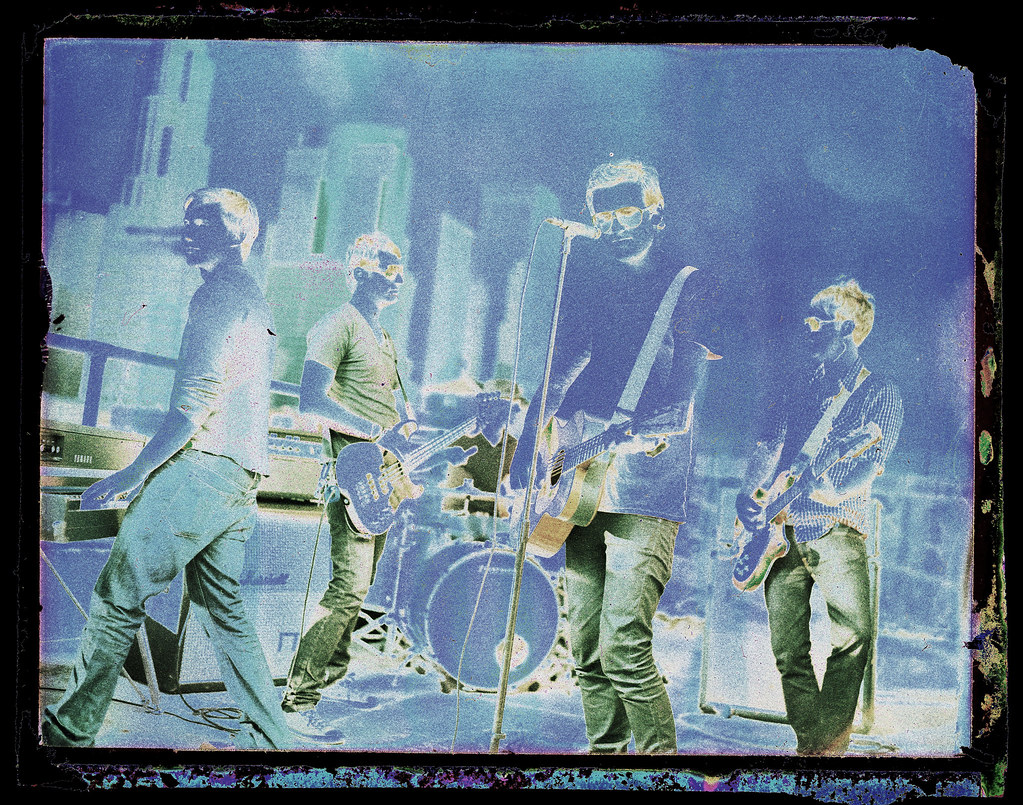 As you can see, the goop left on the negative has completely solarized the image. So now all we had to to was wash and fix it. We used Ilford black and white negative fixer and fixed for 10 min. We quickly discovered that the longer it fixed the cleaner it got, the clearer the base became. The scan below was performed after fixing it for quite a while. The reason it has a sepia tone to it is due to the fact the the emulsion hadn't dried down yet.
As you can see, the goop left on the negative has completely solarized the image. So now all we had to to was wash and fix it. We used Ilford black and white negative fixer and fixed for 10 min. We quickly discovered that the longer it fixed the cleaner it got, the clearer the base became. The scan below was performed after fixing it for quite a while. The reason it has a sepia tone to it is due to the fact the the emulsion hadn't dried down yet.
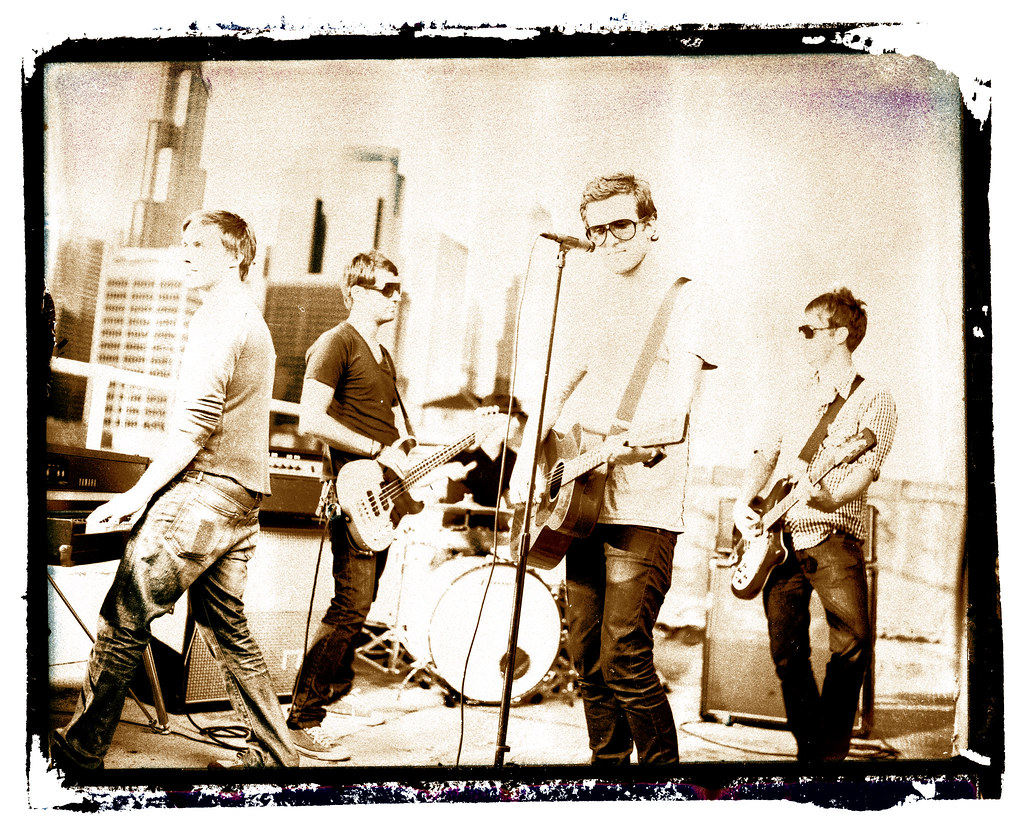 As you can see in the overexposed areas the is still some goop leftover. So, back in the fixer it went. We just let it sit overnight. I think, due to sitting around a couple months the chemistry had bonded pretty well. Our future experiences have been much cleaner. The next morning we dried the Negative and washed it in Photo Flo. Here is the scan!
As you can see in the overexposed areas the is still some goop leftover. So, back in the fixer it went. We just let it sit overnight. I think, due to sitting around a couple months the chemistry had bonded pretty well. Our future experiences have been much cleaner. The next morning we dried the Negative and washed it in Photo Flo. Here is the scan!
 This image is still a bit overexposed and has some dame to it, but it proved to be much sharper than the print, and maintained much more detail. I would always recommended washing and fixing your negs asap with this process. The results can be stunning. The resolution is fantastic, and it has a look very similar to x-processed slide film. Below I'll include a few more that we have shot since this discovery. As you can see, we have experimented with the exposure and gotten a little messy with the bleach for different looks. These negative are extremely durable in water, but just be careful not to get the bleach on the emulsion side. Applying this process to Fuji FP100b to produce an amazing B&W negative is the next step. Stay tuned...
This image is still a bit overexposed and has some dame to it, but it proved to be much sharper than the print, and maintained much more detail. I would always recommended washing and fixing your negs asap with this process. The results can be stunning. The resolution is fantastic, and it has a look very similar to x-processed slide film. Below I'll include a few more that we have shot since this discovery. As you can see, we have experimented with the exposure and gotten a little messy with the bleach for different looks. These negative are extremely durable in water, but just be careful not to get the bleach on the emulsion side. Applying this process to Fuji FP100b to produce an amazing B&W negative is the next step. Stay tuned...
The overall care and process goes rather quickly and easily. It's a full daylight process that cost's you next to nothing. Oh, and we even have experimented with Mr. Clean Magic Eraser to remove the black on the second image at the top of this post. This is a pleasurable process that can bear much fruit, and will prove only to strengthen our Goopy Love!
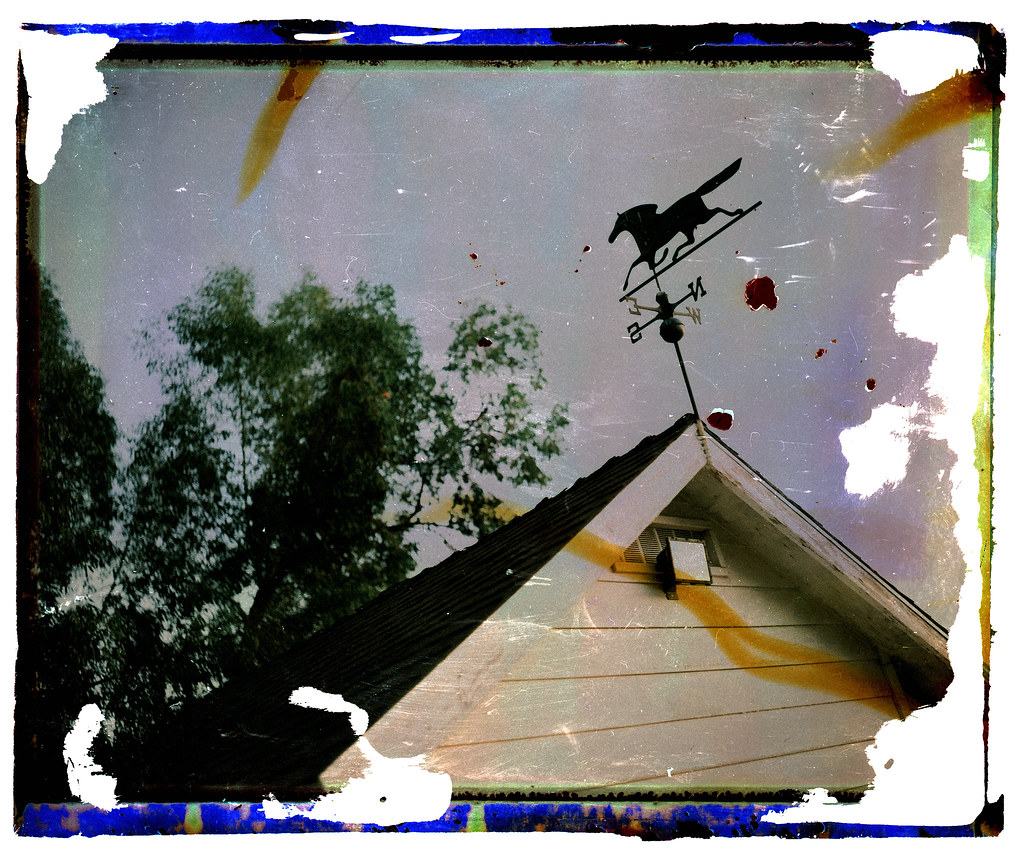
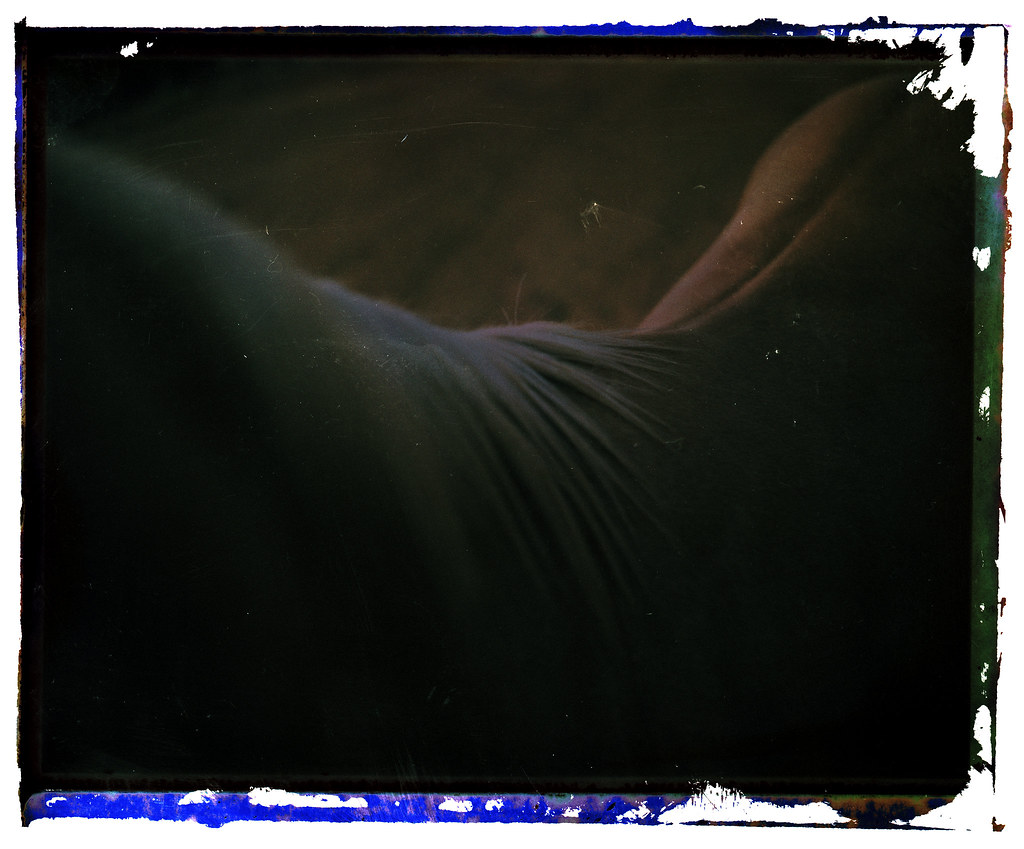
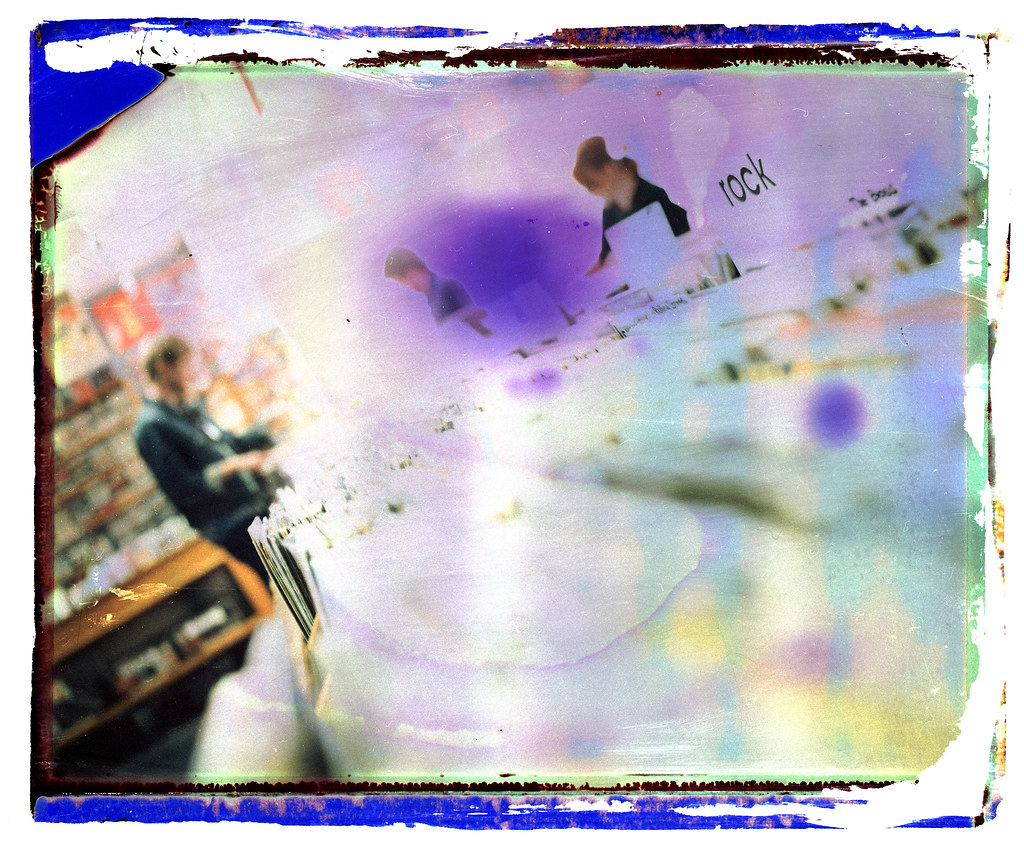
Wednesday, May 20, 2009
Thursday, May 14, 2009
On The Border

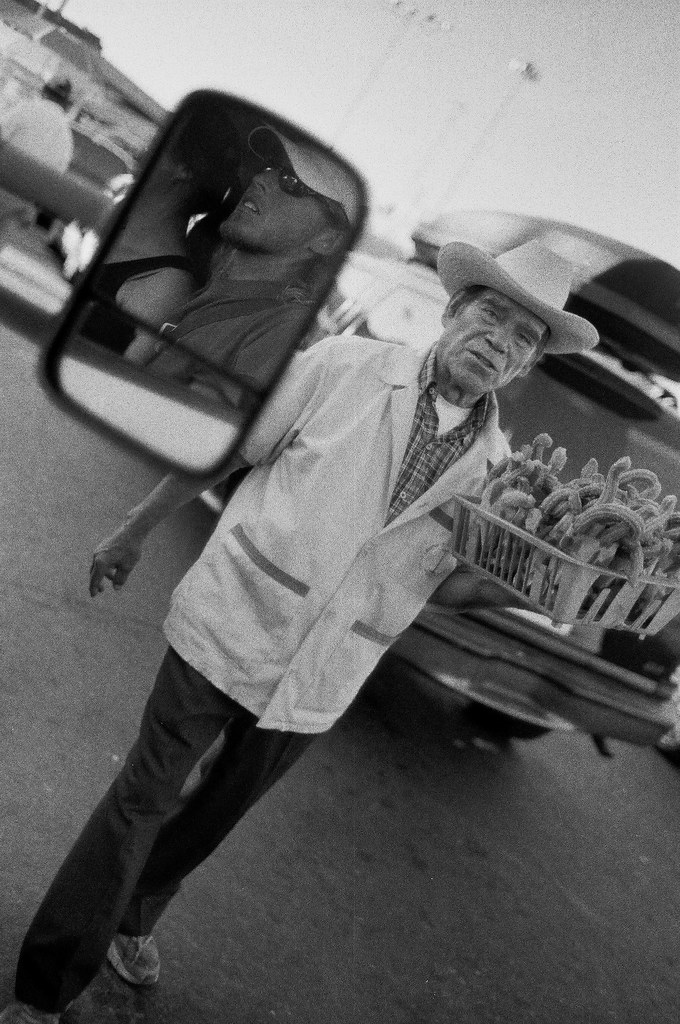 About a month ago I took a trip down to Ensenada, Mexico with some friends to help out with a building project for a ministry just outside the city. We did some serious work on a school/pastoral training center and had some seriously good street tacos in Ensenada! Being down there makes me appreciate what I have and how easily it could all be taken away. It also makes me sick of America and our comfort zones and need for our false security. Mexico is seriously suffering from the lack of tourism! Especially Baja! The border check was practically empty and the peso is worth less than it has been in over a decade. And all because we are afraid of drug lords and swine flue! Do you know how many American civilians have been hurt by the drug war in Mexico? Nilch! Nada! And swine flue? C'mom! It's the flue! And a mild one at that. Right now is a really great time to get a good deal on a vacation to Mexico and it's perfectly safe despite what the media has to say! Besides, they could really use you. So do a good deed and enjoy a little Mexico this Summer! And don't be trapped by false fear! Live life! And share it with others!
About a month ago I took a trip down to Ensenada, Mexico with some friends to help out with a building project for a ministry just outside the city. We did some serious work on a school/pastoral training center and had some seriously good street tacos in Ensenada! Being down there makes me appreciate what I have and how easily it could all be taken away. It also makes me sick of America and our comfort zones and need for our false security. Mexico is seriously suffering from the lack of tourism! Especially Baja! The border check was practically empty and the peso is worth less than it has been in over a decade. And all because we are afraid of drug lords and swine flue! Do you know how many American civilians have been hurt by the drug war in Mexico? Nilch! Nada! And swine flue? C'mom! It's the flue! And a mild one at that. Right now is a really great time to get a good deal on a vacation to Mexico and it's perfectly safe despite what the media has to say! Besides, they could really use you. So do a good deed and enjoy a little Mexico this Summer! And don't be trapped by false fear! Live life! And share it with others!
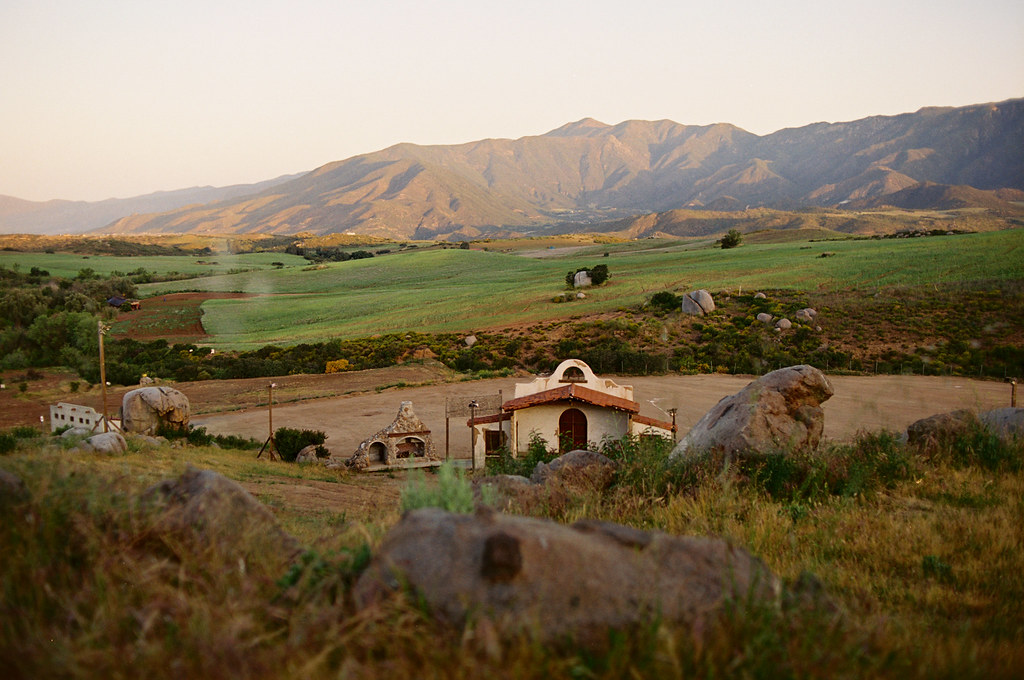 More Photos of Ensenada
More Photos of Ensenada
Labels:
L. A.,
Los angeles,
The Life,
travel,
Wedding Photographers
Monday, May 11, 2009
20/20 Vision
Some have asked, "Which one of you is the better photographer?" I usually laugh at that question because we are only what we are due to the influence of the other. I'm sure that we could both hold our own as solo photographers, but then we would just serve as economic competition for one another; providing two equally inferior services. Together, we are able to provide an exponentially sophisticated service, covering everything from unique perspectives with paralleled quality and style. Not to mention the inspiration and brainstorming that goes on. Some may wonder, "But how do I know there's really any difference to what other photographers provide?" The proof is in the pudding. Some photographers may hire assistant/second shooters, and others may provide a husband and wife team, but there is always a primary and an inferior. The advantage only offered by two professionally proven photographers with identical vision and experience can be exemplified here. We rarely can distinguish, with little difficulty, which one of us captured a particular image, due to the fact that we have always grown and developed together into creative maturity, always building off of each others critique and creativity (It also helps to share the same genes I guess). But here we have found 20 pairs of stereo images each that bear testament to our claims. Decide for yourself...
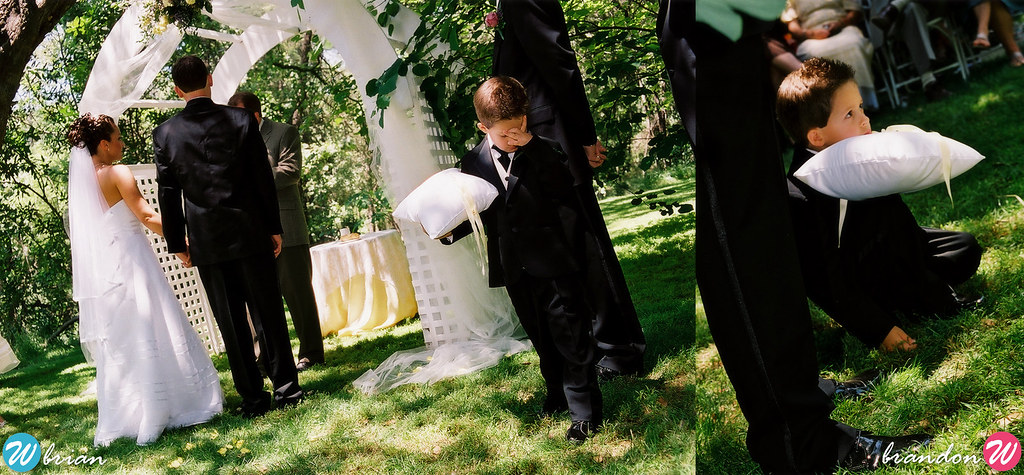
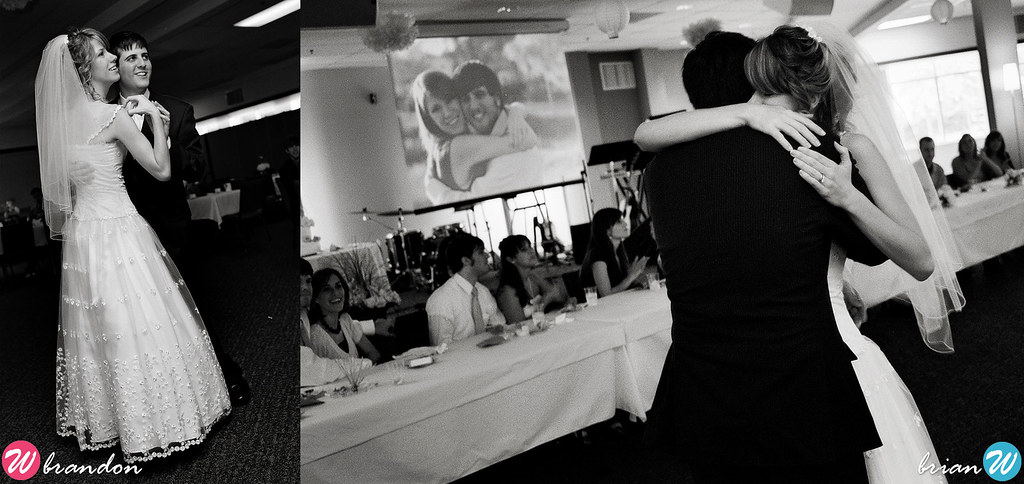
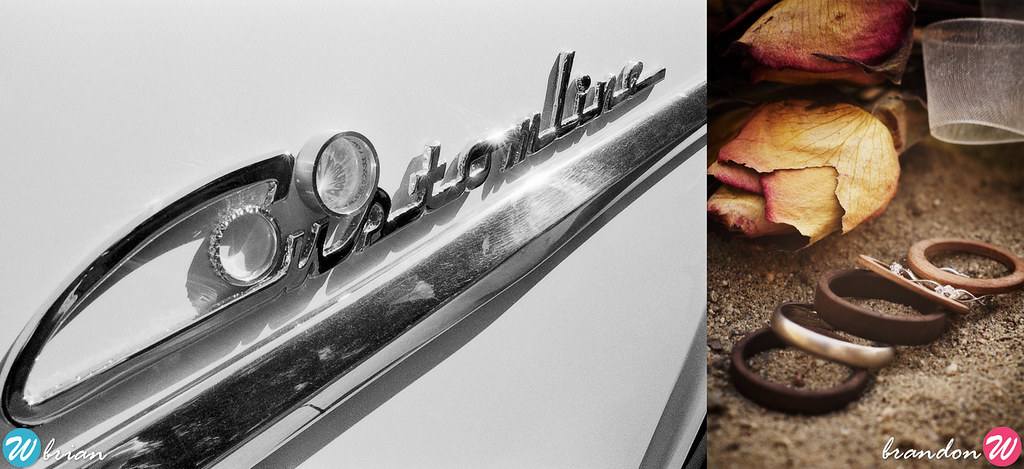
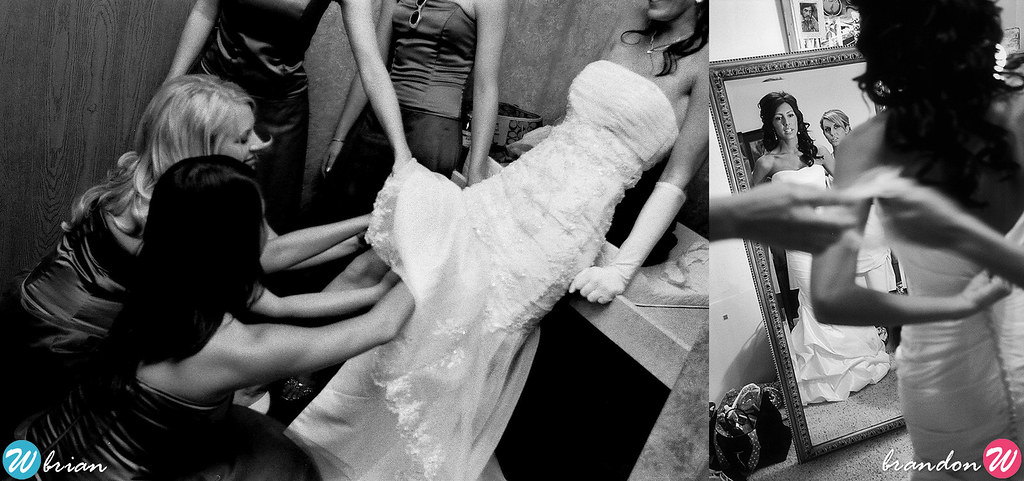
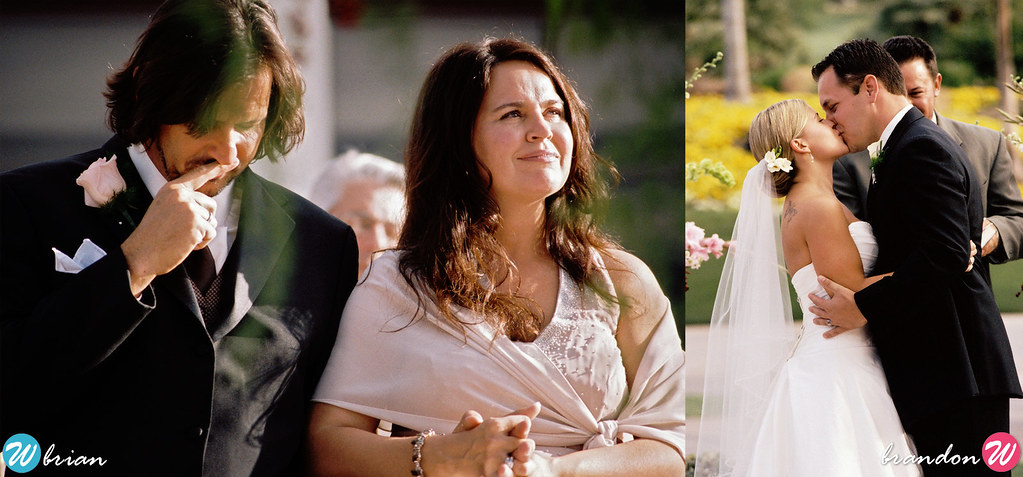
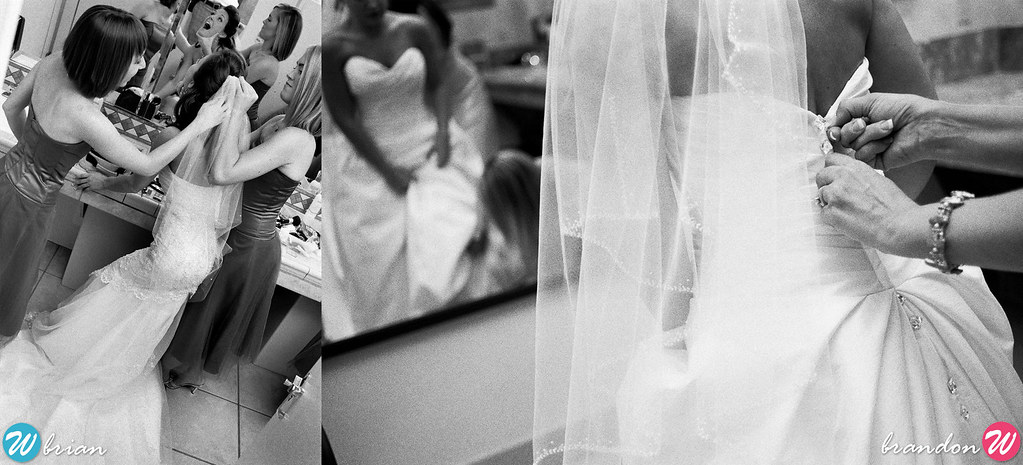
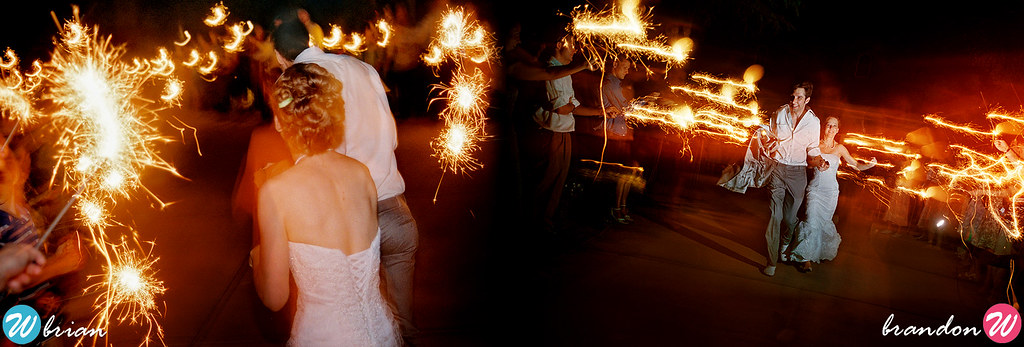
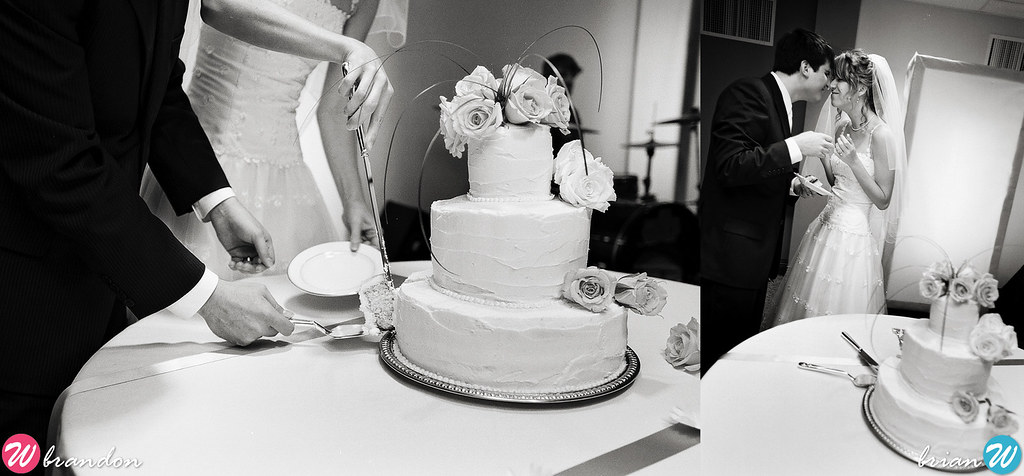

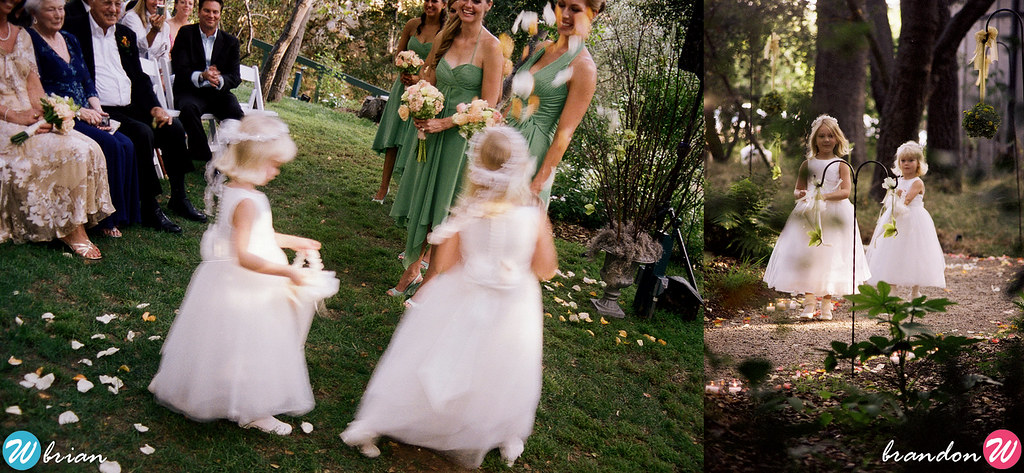

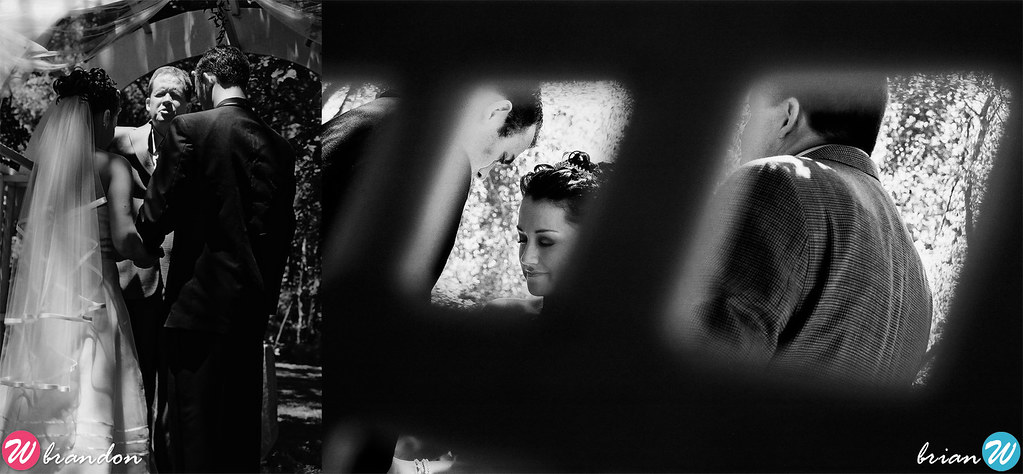

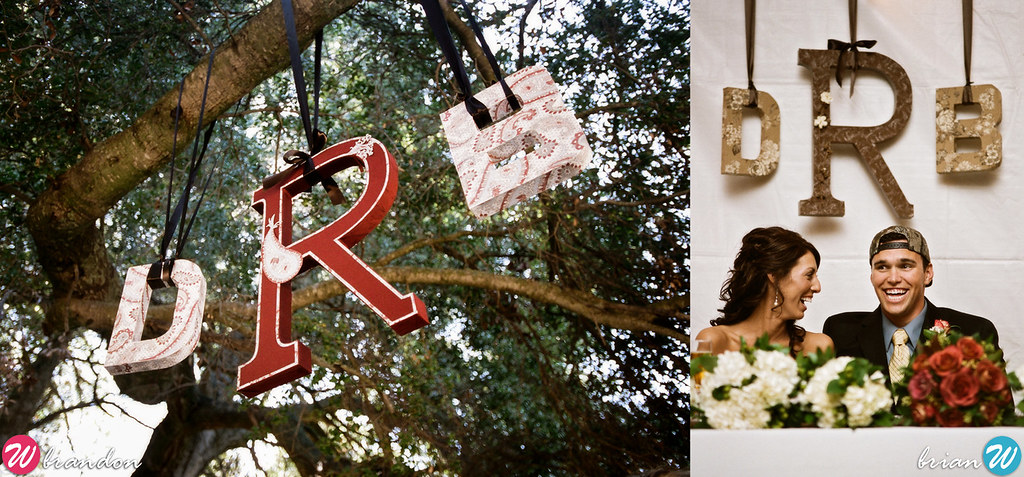

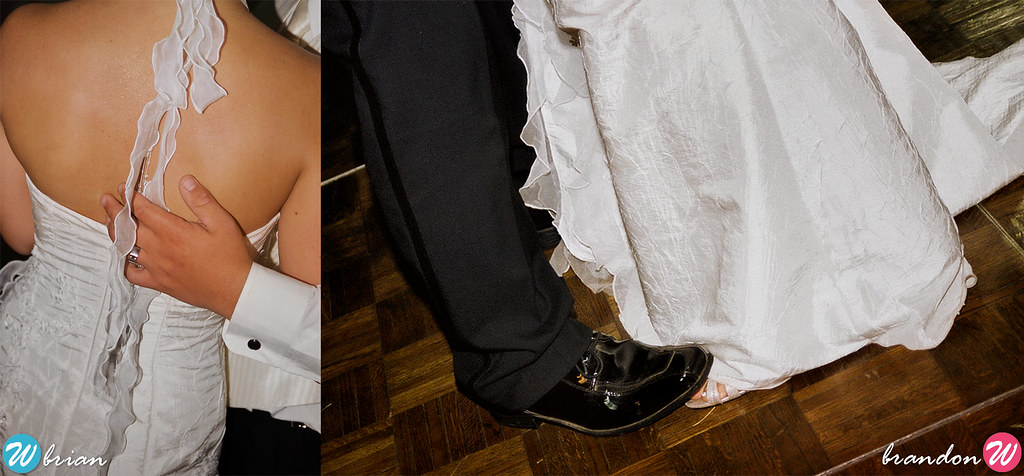
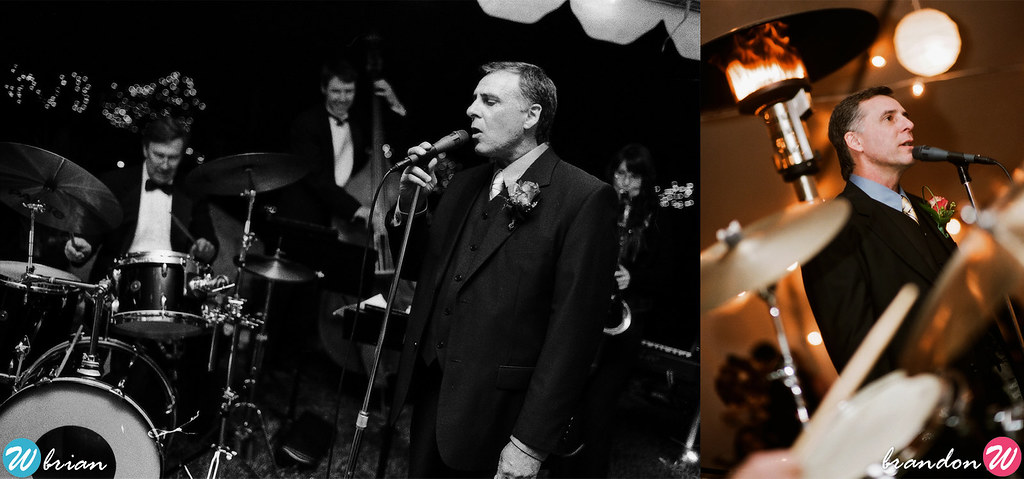
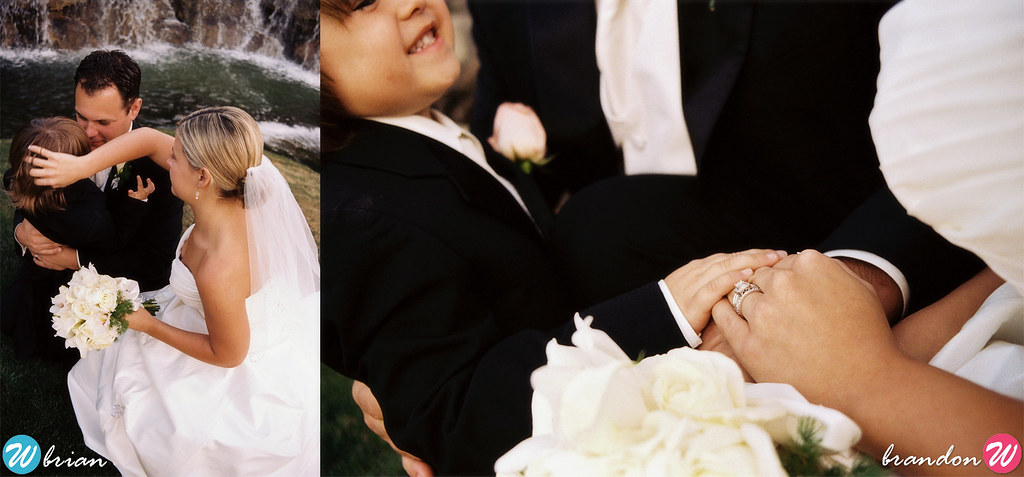
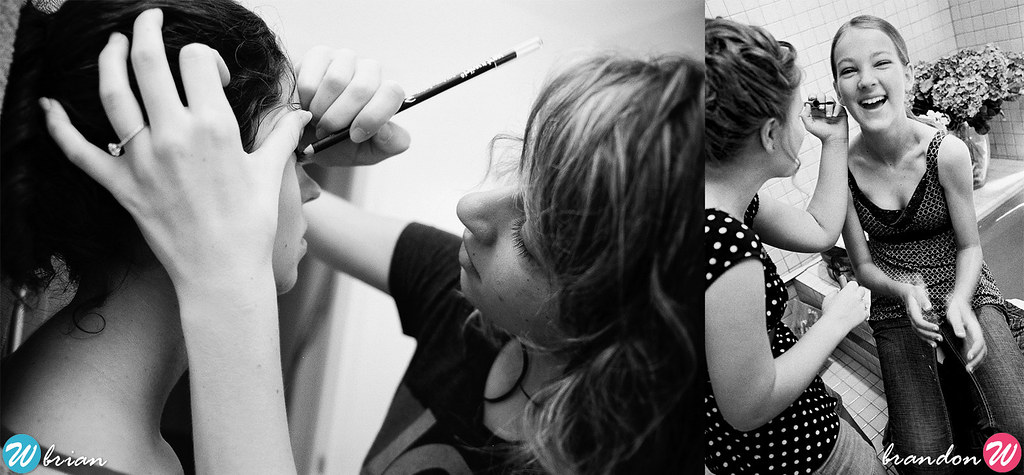

Labels:
Editorial,
L. A.,
Los angeles,
Wedding Photographers,
Weddings
Subscribe to:
Posts (Atom)
